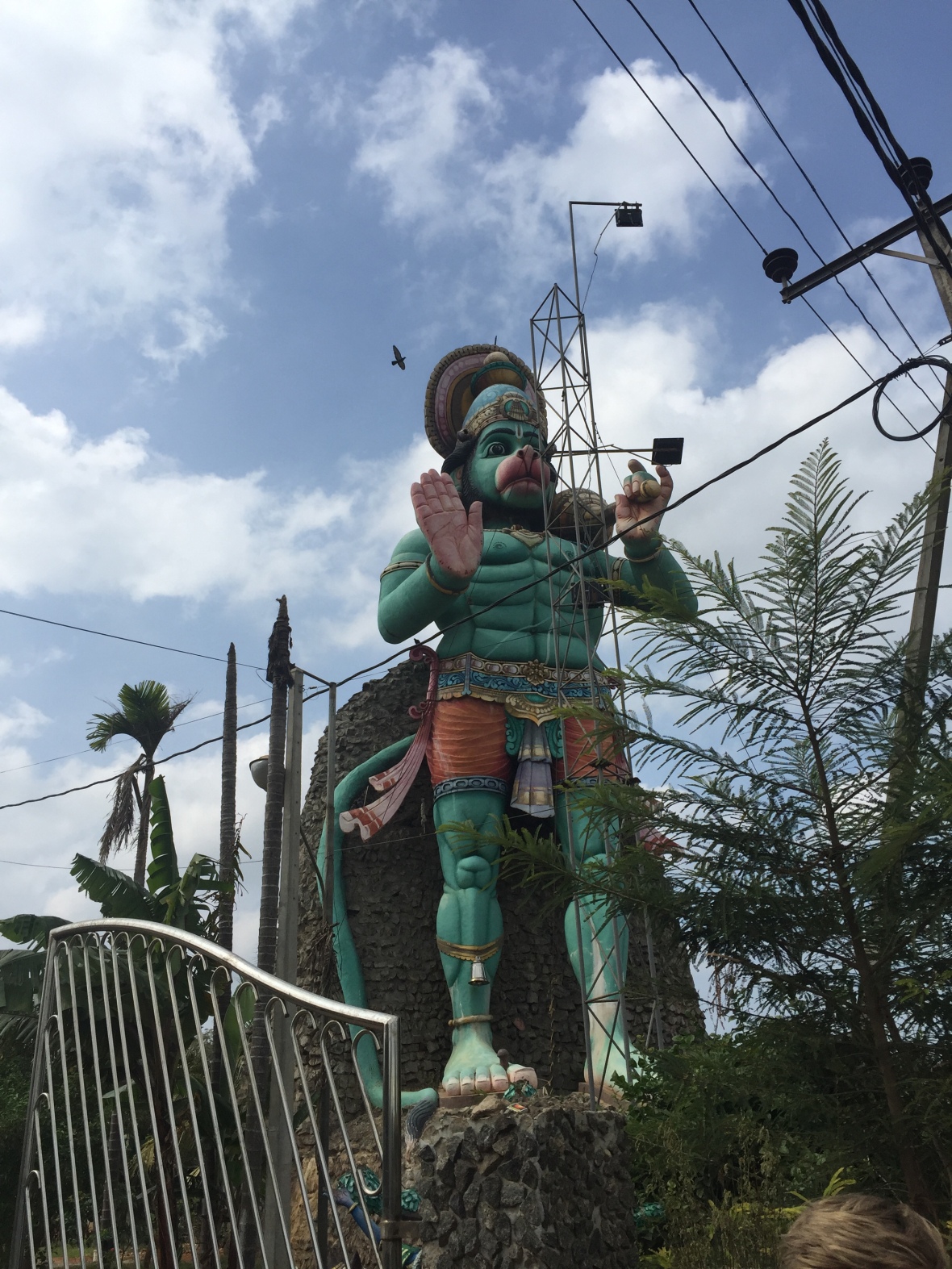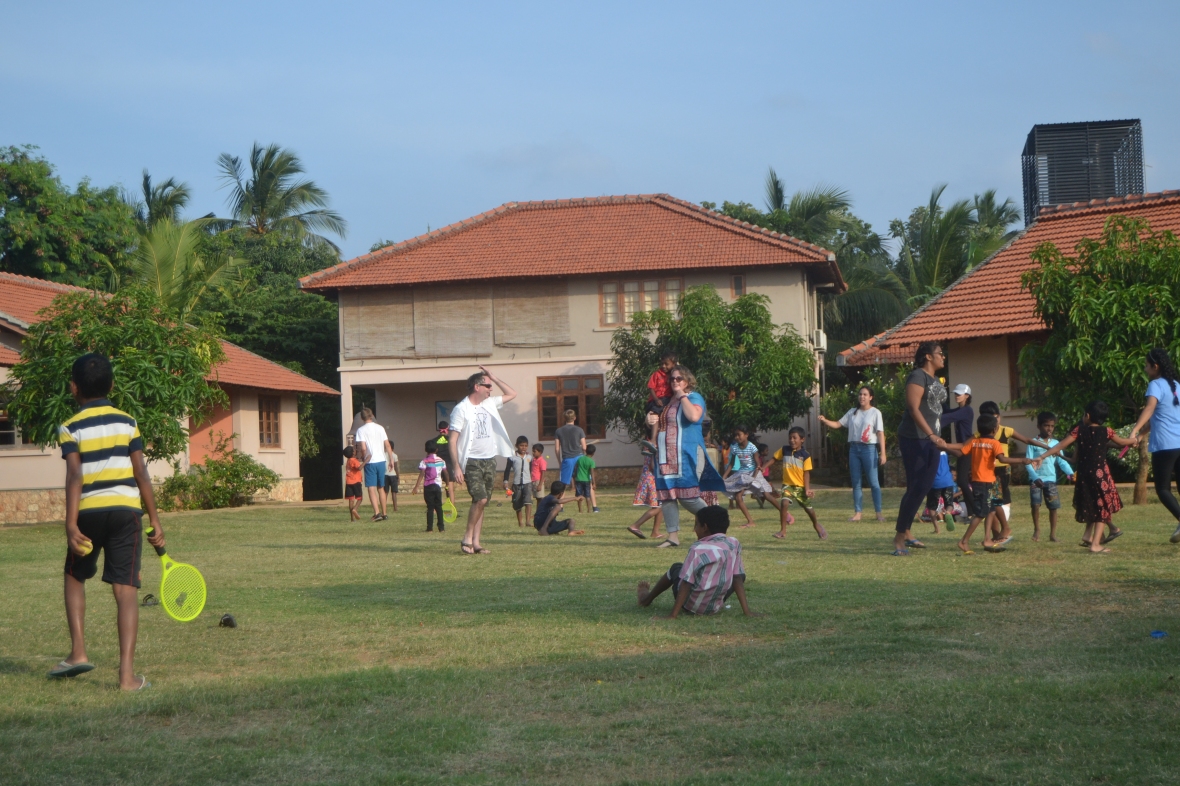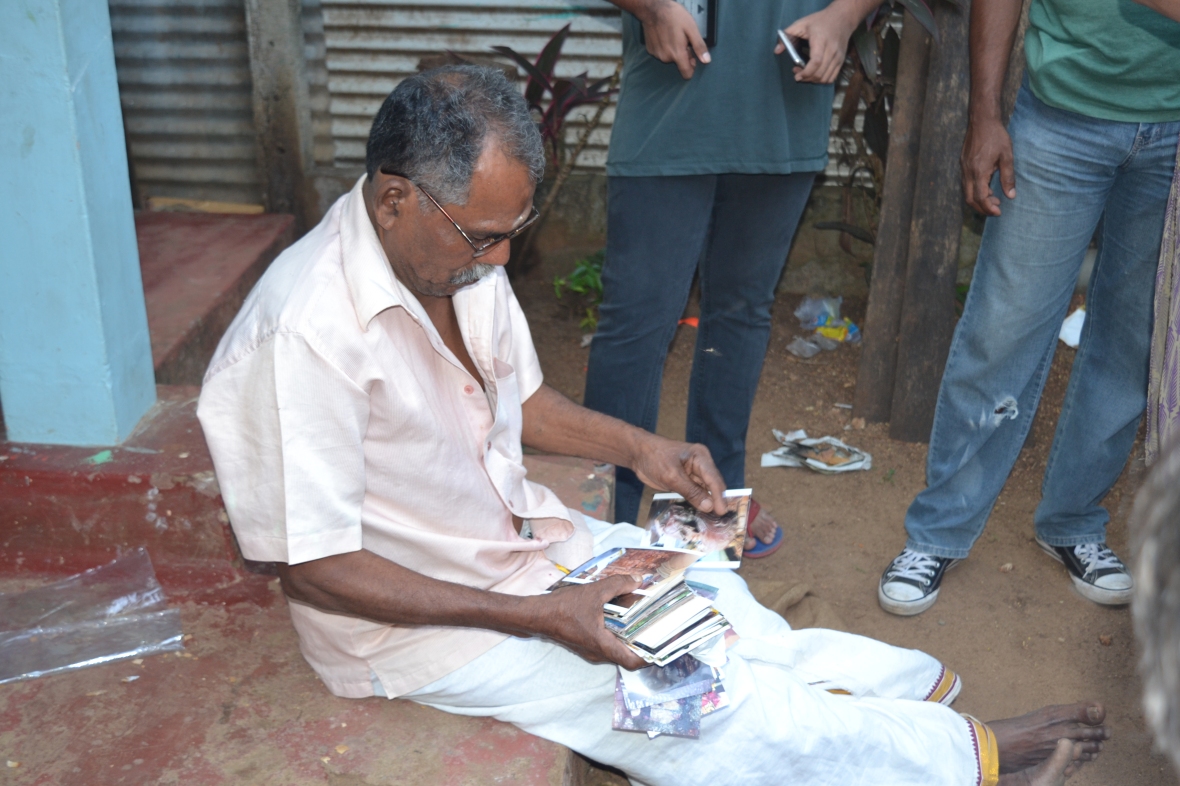For my final IB Week Without Walls micro-trip I discovered that I would be travelling to Jaffna, in the North of Sri Lanka.Week Without Walls is a program that the Overseas School of Colombo commits its students to, by dispersing them in groups of 10 to 15 students across Sri Lanka. The purpose of this program is to enhance the students’ IB learning through real-life application. The program benefits students from Grade 5 to Grade 11. Students from Grade 10 and Grade 11 are sent on the same micro-trips in mixed groups. The program consists of 4 micro-trips, which are: Highlands (Horton Plains), Cultural Triangle (Dambulla), Housing and Habitat (Hambantota) and Jaffna Narratives (Jaffna). Each of the micro-trips contribute to the CAS program through either Creativity or Action or Service, or combinations of the three.
Jaffna Narratives is a micro-trip which specializes in discovering Jaffna from a cultural and religious perspective, with insight into how Jaffna was impacted by the 25 year civil war. The program also involves engagement with SOS Village SOS Village website in Jaffna, an organization which commits itself to providing livelihood for children in need. SOS Village is in fact a Service program at the Overseas School of Colombo. Primarily Creativity and Service are addressed through this micro-trip.
Prior to my Week Without Walls experience I had visited Jaffna twice, however, I was extremely lucky as I got the opportunity to visit Jaffna again through an entirely different perspective. Our trip began early on Monday, the 22nd of January at 4.00 am. From school, we travelled to the railway station at Fort, in Colombo. Our train ride to Jaffna took approximately six and a half hours. We gladly reached our destination in Jaffna, a boutique hotel by the name of The Thinnai. The joint was fairly newly established, only a few years old. We were very fortunate to access our lodgings as the ride had left us all exhausted. Shortly afterwards we had our lunch, and then headed out on our first excursion in Jaffna.

A statue of a Hindu god outside a Kovil
During WWW, our group visited multiple places of historical, religious, and cultural significance.
Our first day in Jaffna saw us visit a holy pool, filled by a channel that supplied water directly from the sea. We learnt that the pool had been long known to have healing powers, and therefore Hindus would pray in the neighboring temple and bathe in the pool during illness. Later on, we visited Jaffna’s fort that had been built and fortified by the Dutch and the Portuguese during invasion. In the night, we received our first taste of a traditional Jaffna-style meal. Dinner was at Malayam cafe, and consisted of dosai and a vegetable curry. The food was spicy, and unfamiliar yet delicious!
Over the next few days we continued our discovery of Jaffna by crossing the Ocean to a nearby isle known as Nagadeepa (Buddhist) or Nainativu (Hindu). The isle is famous for its religious history and the fact that it has two temples on it. One of the temples is Buddhist, and the other is a Hindu Kovil. Both are recognized religiously as very powerful places. Our visits included trips to SOS village to play with the children at SOS village, and hand over gifts in the form of books, toys and clothing.

Playing with the younger children at SOS Village. Picture credits: Mr. Kieshok Krishnasamy
The time spent with the children from SOS village was very interesting as our interactions were limited by a language barrier. They spoke tamil, whereas we were mostly familiar with English. This did not bring any constraint however as we were able to play with the children without any difficulty and the lot of us enjoyed ourselves thoroughly. The first trip resulted a few of the boys on the trip and myself playing cricket with the younger boys from SOS Village. The second trip was quite different however, as we visited the older boys section this time (SOS Village boys aged 14 to 19). This time, we played football on a paddy field which was a lot of fun despite our shoes being caked with mud by the end of it! Towards the end of the excursion we visited the younger children’s section to play and distribute some soft drinks which were well-received as they were exhausted from the relentless running and excitement of the evening.
Our trip also consisted of us visiting an experienced carver in Jaffna by the name of Kuru. He spoke to us about his trade and we were fortunate enough to receive a live demonstration of his carving skills, with the added opportunity of attempting a bit of carving ourselves. Towards the end of our session with Kuru we learnt about the process of devotion to gods in the Hindu religion, during religious processions. Kuru explained to us how he had been involved thrice as a devotee in religious processions. One of the reasons was for the betterment of his child who was ill at three years of age. The process occurs with beliefs that the devotion, in the form of being hung by hooks during a procession, is accompanied by prayer in return for help from the Hindu gods. Although the procedure inevitably looks painful, we were assured by Kuru that with determination, perseverance and belief in the gods no pain is felt.

Kuru showing us photographs of some of his proudest works. Picture credits: Ms. Amanda Lenk
The final two days of the WWW trip were spent in Trincomalee on the Eastern coast of Sri Lanka. We gratefully made use of the beach that was at our disposition!
In Trincomalee, prior to taking the plane back to Colombo we visited one last Hindu temple. Koneswaram kovil is a famous temple located on a cliff top in Trincomalee, and is rumored to have relics submerged beneath the sea adjoining it from the time the Portuguese destroyed the temple in the 17th century. I spent time inside the kovil with my teacher Ms. Lenk and her husband Mr. Kieshok understanding the Hindu stories that were painted on the walls inside the kovil.
Overall, my final Week Without Walls was a brilliant experience as I learnt a lot more about Jaffna in this trip than I had in my two previous trips. I am grateful for the opportunities I got to understand the culture in Jaffna and the strong religious ties the town has with Hinduism.